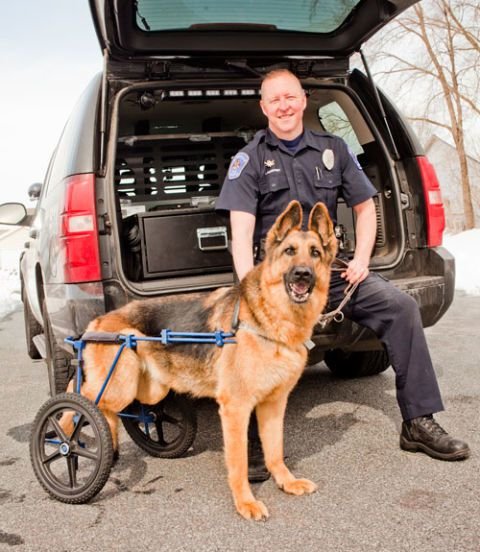Why do horse lovers put their horses through such endangerment?
If you have watched the above video you might begin to understand where I am coming from with this article and why I cannot understand why horse lovers are willing to put them through such endangerment for their own thrills.
In the UK, races like the Golden Button Challenge, are becoming increasingly popular judging by the number of videos taken and posted on YouTube, which involve horses falling, refusing to jump and being put through some punishing riding and less than desirable treatment. I find watching these distressing but obviously equine enthusiasts believe differently . I am of the opinion that horses are not natural jumpers or designed to be pushed to the limit by being ridden at speed over long distances and expected to traverse high jumps, rough ground and wide ditches. The jury is still out on this point but there is some evidence to substantiate it.
Endurance racing gets little attention
We are at that time of the year again when many people become extremely excited about watching a large field of horses stampeding over high fences supposedly to test their stamina and speed while risking death and injury from falls and collisions. Although anti-racing campaigners concentrate on deaths caused at iconic races such as the Grand National, endurance racing receives little attention by the media and campaigners and yet cause far more deaths and abuse.
Endurance racing is a niche equine extreme sport which has spread across the world over the last few decades and provides thrills for the riders but hell for the horses. There are international and national events held all over the world, but the sport is most popular in the Arab States whose horses dominate, but countries like the USA, France, Australia and South Africa also take part. Because of the huge financial benefits and the competitive nature of the sport there are deaths, injuries, doping scandals and serious welfare issues surrounding it.
The races involve long-distance riding of 100 kilometres or more across often desolate areas like deserts with extreme temperatures. They are conducted against the clock just like long distance cycling races with convoys of team vehicles speeding alongside. Bottles of water are thrown to the riders to both drink and douse the horses. It is all about testing the horses’ endurance and speed and the riders theoretically must manage the stamina and fitness of their horses by the “effective use of pace, thorough knowledge of their horses’ capabilities and ability to cross all kinds of terrain“. The fact that the races have a “vet-gate” every 40 kms so that their fitness to continue can be checked is an indication of how the horses can suffer.
Win at all costs mentality.
The above video gives some idea of what the horses experience. Apart from tough training techniques being used, which often cause fractured leg bones, injuries are often not given enough time to heal between races there by debilitating the horses. The use of prohibited substances is allegedly rife and in the past nine participants, including well-known showjumpers, dressage riders and trainers were implicated in it and suspended for administering them. Some riders are accused of a ‘win at all costs’ methodology, riding horses at over 40 kph over rough terrain.
The sport is administered by an organisation called the ‘FEI’ who insist the horses’ welfare is at the heart of it, which is of course a nonsense, as there is no necessity for the sport to exist or to put the horses through such hardship. Their Code of Conduct for the welfare of the horse and “Clean Sports campaign 2010” states that:
“the entire equine community – athletes, veterinarians, grooms, managers, coaches, owners and officials help combat doping and the inappropriate use of medications through better education and increased vigilance”.
The sport is littered with injuries and deaths including six horses dying within 22 days in 2017, some from ‘catastrophic injuries,’ during races at the Dubai International Endurance City (DIEC) built and operated by Sheikh Mohammed specifically to host these races. Two horses were euthanised at a 90 km endurance ride in Fontainbleau, France in October 2016 and a rider-less horse escaping onto an auto route suffered fatal injuries.
Most horse lovers and owners will no doubt disagree with my comments, but there is something very wrong with what they are put through to accommodate this ‘sport’ and it may be time to have an inquiry into these activities.



